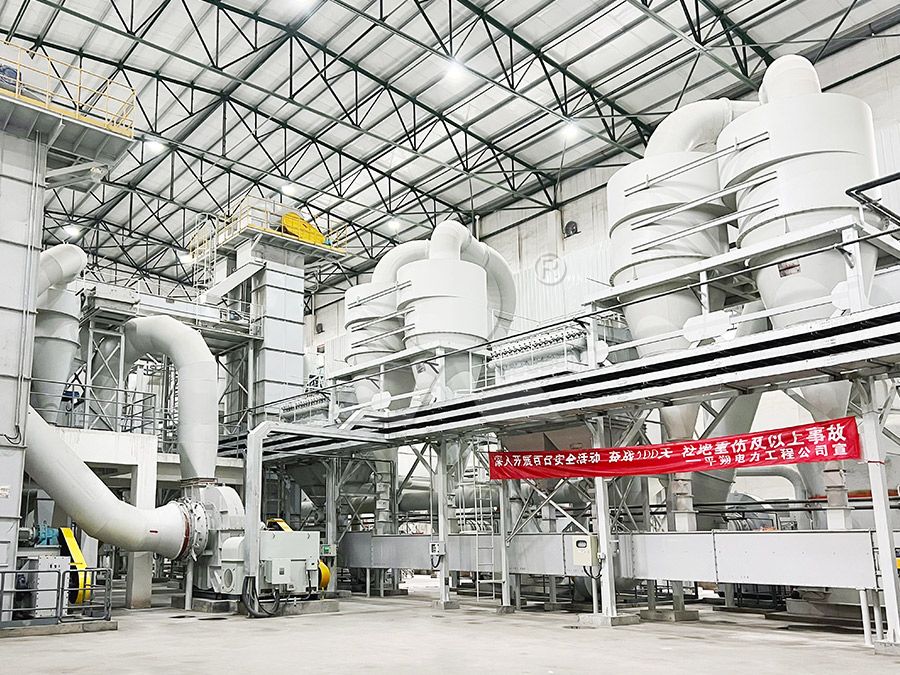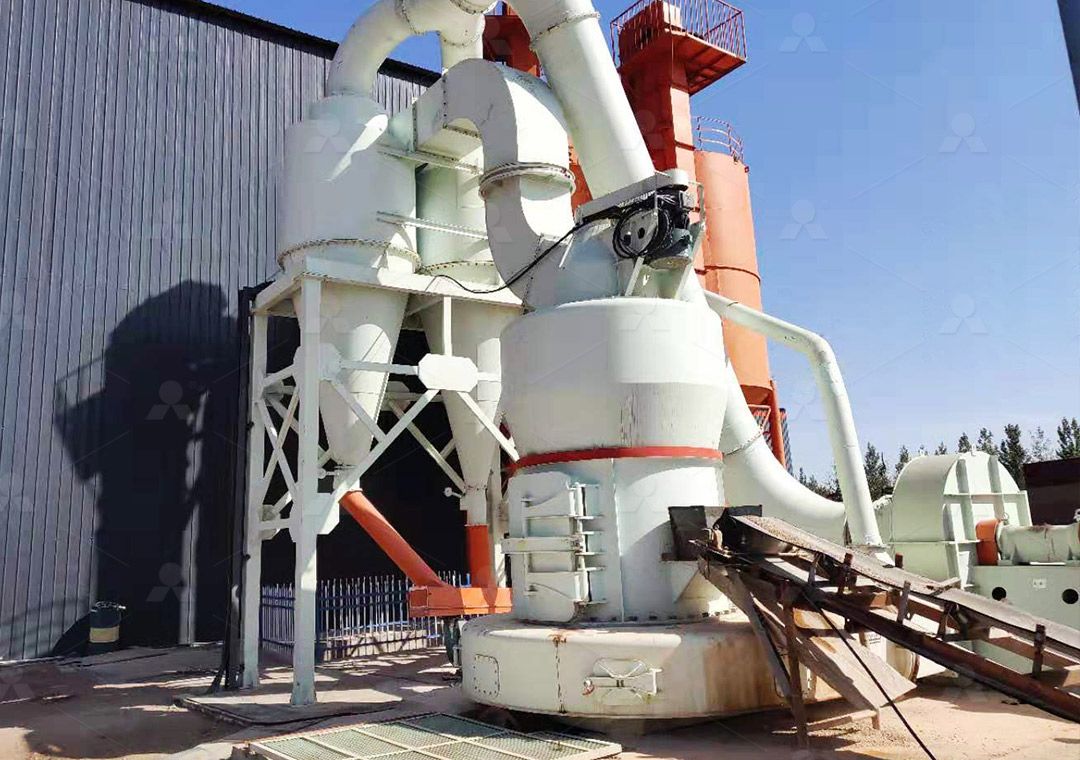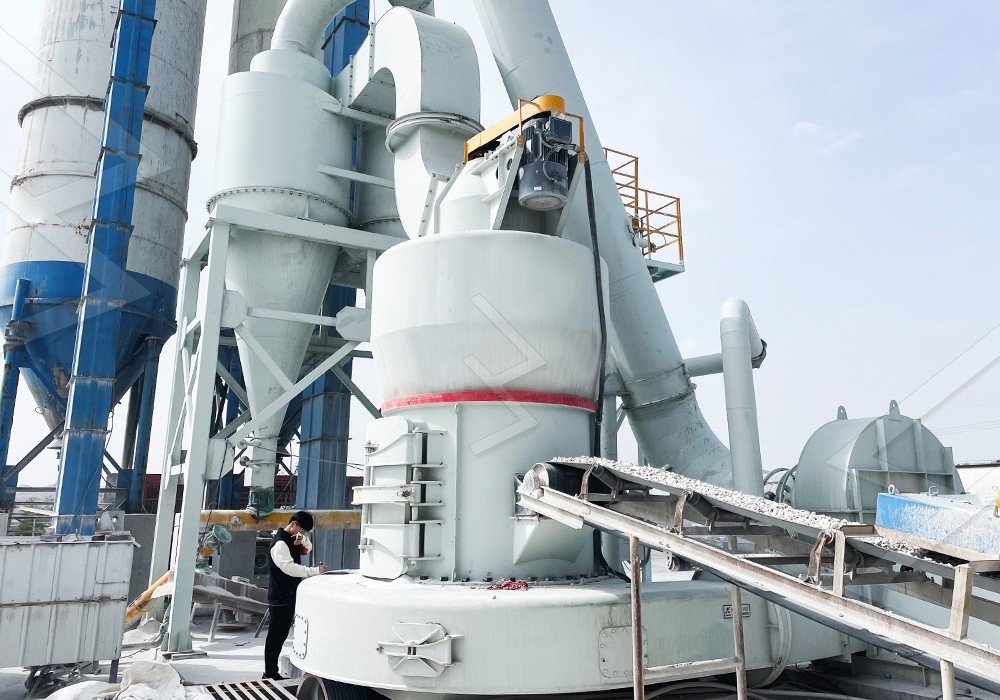5R Raymond Mill for Efficient Pulverization of Coal Ash and Slag
Unlocking Value Through Advanced Pulverization Technology
In today’s industrial landscape, the efficient processing of coal ash and slag represents both an environmental imperative and an economic opportunity. These byproducts, once considered waste materials, now hold significant potential for reuse in construction materials, cement production, and various industrial applications. The key to unlocking this value lies in effective pulverization technology that can transform coarse materials into fine, consistent powders.

The Technical Challenge of Coal Ash and Slag Processing
Coal ash and slag present unique challenges for grinding operations. Their abrasive nature and variable composition demand robust equipment capable of maintaining consistent performance under demanding conditions. Traditional grinding solutions often struggle with the hardness variations found in these materials, leading to uneven particle size distribution and excessive wear on mechanical components.
The 5R Raymond Mill addresses these challenges through its sophisticated design principles. With five grinding rollers operating in conjunction with a precision-engineered grinding ring, this equipment delivers superior pulverization efficiency while maintaining operational reliability. The system’s ability to handle input sizes up to 25mm and deliver throughput capacities ranging from 0.6 to 5 tph makes it ideally suited for various industrial scales.
Advanced Features for Superior Performance
What sets the 5R Raymond Mill apart is its comprehensive optimization across multiple performance dimensions. The centrifugal force-driven grinding mechanism ensures consistent pressure distribution across all five rollers, while the integrated separator system allows for precise control over final product fineness. This becomes particularly important when processing slag for cement applications, where specific particle size distributions directly impact final product quality.
The environmental considerations are equally impressive. Modern Raymond Mill configurations incorporate efficient dust collection systems that minimize particulate emissions, addressing one of the primary concerns in powder processing operations. The compact footprint of these systems further enhances their appeal for facilities where space optimization is crucial.

Beyond Traditional Solutions: When to Consider Advanced Alternatives
While the 5R Raymond Mill excels in many applications, certain scenarios demand even more advanced technological solutions. For operations requiring ultra-fine powders or processing materials with particularly challenging characteristics, our MW Ultrafine Grinding Mill presents an compelling alternative.
The MW Ultrafine Grinding Mill represents the cutting edge in powder processing technology. Designed for customers requiring ultra-fine powder production, this machine achieves remarkable fineness levels between 325-2500 meshes while maintaining impressive throughput capacities of 0.5-25 tph. Its innovative design eliminates rolling bearings and screws from the grinding chamber, significantly reducing maintenance concerns and potential failure points.
What truly distinguishes the MW mill is its exceptional energy efficiency. Compared to traditional jet grinding mills, it reduces system energy consumption by approximately 70% while increasing production capacity by 40%. The integrated pulse dust collector and muffler system ensures environmentally responsible operation, making it an ideal solution for modern industrial applications where sustainability and efficiency must coexist.
Practical Applications and Operational Benefits
The practical implications of selecting the right pulverization technology extend far beyond simple particle size reduction. In cement production, properly processed slag can replace significant portions of traditional clinker, reducing both production costs and carbon emissions. Similarly, finely ground coal ash finds applications in concrete production, where it enhances workability and long-term durability.
Operational experience across numerous installations has demonstrated the 5R Raymond Mill’s reliability in handling these materials. The system’s straightforward maintenance requirements and readily available spare parts ensure minimal downtime, while its adaptable design allows for customization to specific operational requirements.

Frequently Asked Questions
What is the typical particle size range achievable with the 5R Raymond Mill for coal ash processing?
The 5R Raymond Mill can typically achieve particle sizes ranging from 0.044mm to 0.125mm (325 to 120 mesh), though this can be adjusted based on specific application requirements through separator configuration changes.
How does the MW Ultrafine Grinding Mill compare to traditional Raymond Mills for slag applications?
The MW Ultrafine Grinding Mill achieves significantly finer particle sizes (up to 2500 meshes) with 40% higher capacity than jet mills and 30% lower energy consumption. Its unique design without rolling bearings in the grinding chamber makes it particularly suitable for continuous operation scenarios.
What maintenance intervals are typical for the grinding components in these systems?
Under normal operating conditions with coal ash and slag, grinding rollers and rings typically require inspection every 800-1,200 operating hours, with replacement needed approximately every 4,000-6,000 hours depending on material abrasiveness.
Can these systems handle variations in feed material moisture content?
Both the 5R Raymond Mill and MW Ultrafine Grinding Mill can accommodate moderate moisture variations, though optimal performance typically requires moisture content below 10%. For higher moisture materials, integrated drying systems can be incorporated.
What dust collection efficiency can be expected from these grinding systems?
The integrated pulse dust collectors typically achieve collection efficiencies exceeding 99.5%, ensuring compliance with most industrial emission standards while maximizing product recovery.
